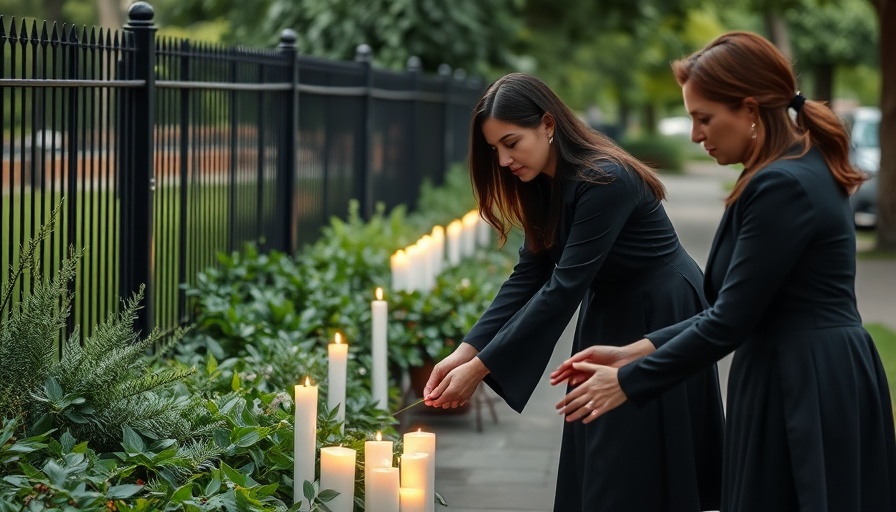
Austria in Shock: The Unthinkable Becomes Reality
On June 10, 2025, a brutal school shooting in Graz, Austria, claimed the lives of ten individuals, leaving a community grappling with disbelief and sorrow. The perpetrator, identified as a former student of the school, not only unleashed chaos but also left behind a chilling farewell letter and a pipe bomb discovered at his residence, hinting at premeditated intentions. As schools remain closed for mourning, students and families are struggling to comprehend how such a tragedy could take place in their otherwise peaceful Alpine city.
A Nation in Mourning
The gravity of this horrific event has plunged Austria into a nationally shared grief. Citizens across the country have displayed their mourning through the display of black flags on public transport and spontaneous vigils held in various cities. Graz, known for its rich culture and tranquil environment, suddenly finds itself marked by a profound tragedy. Local university student Simone Saccon articulated the sentiments shared by many, stating, "It’s something you imagine happens in major cities or in the U.S., but that it would happen here?" This resonates with a community that prides itself on safety and serenity.
Connecting with the Broader Context of School Shootings
This incident has drawn stark comparisons to numerous school shootings witnessed in the United States, igniting discussions about the differences in gun control laws and societal reactions to such events. In America, school shootings have sadly become a recurring narrative, often met with debates over gun legislation and mental health support. The contrast in Austria raises important questions about how this nation can navigate its way through the darkest moments while still understanding the socio-political implications attached to such violent acts.
Response from Officials and Mental Health Resources
Austrian police have launched a thorough investigation into the shooter’s background and motives. Authorities are particularly focused on understanding how this former student transitioned from a member of the community to a perpetrator of violence. Mental health professionals in Austria are stepping forward, urging that incidents like these serve as a clarion call for enhanced dialogue on mental health awareness and prevention resources. Experts echo the sentiment that proactive monitoring systems could potentially catch early warning signs among youths.
Future Prospects: Navigating the Path Forward
While the immediate grief is palpable, this tragic event may also serve as a catalyst for change in policy discussions surrounding youth safety in schools. Local leaders are beginning to discuss the possibility of bolstering security measures, implementing mental health training, and encouraging communities to foster greater awareness and connection among students. Such steps could bridge the gap between silence and understanding—a key factor in preventing potential future tragedies.
Conclusion: Community Resilience in the Face of Tragedy
Graz and its residents now face the daunting task of healing from an unimaginable loss. As classes resume in the future, students will likely carry the scars of this incident with them, but they may also find strength in one another. The power of community support, empathy, and resilience can pave the way for healing as they come to terms with their new reality. The discussions around this tragedy must not wane as Austria embraces the task of creating a safer environment for its youth. Together, they can navigate this difficult time and perhaps forge a path that many hope will prevent such events in the future.
 Add Row
Add Row  Add
Add 




 Add Row
Add Row  Add
Add 

Write A Comment